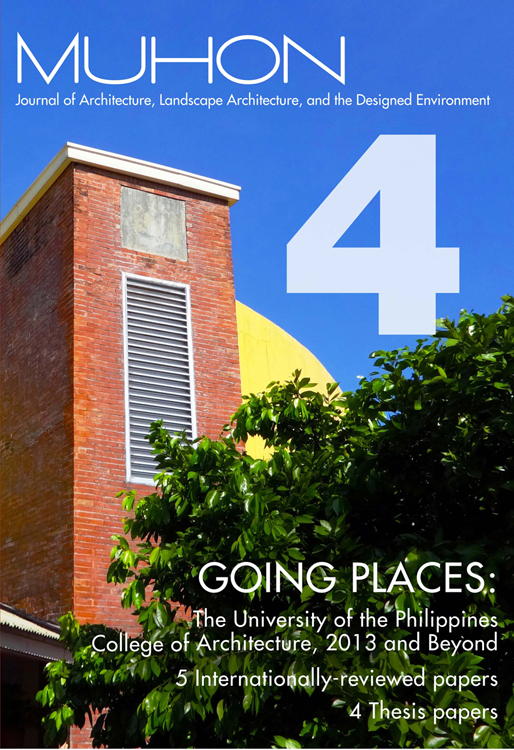Daylighting Simulations: A Case Study of the University of the Philippines College of Architecture Library
Abstract
This paper reports on the use of lighting models to simulate daylight conditions in building spaces. The case study was conducted for the College of Architecture Library, University of the Philippines Diliman (at that time, under construction). The study intended to test the effectiveness of two (2) daylighting design elements that were to be incorporated in the library, namely the sunshade devices protecting the exterior windows and skylight. Also, it investigated the sufficiency of light levels for specific tasks inside the library compared to established local standards.
A daylighting model was constructed with finishes matching the existing conditions as close as possible. Testing was done through simulating the lighting model with a light meter attached during critical days within the year (equinox and solstices) and specific times of the day. Light level readings at particular areas of the lighting model were obtained.
The results showed that base measurements exceeded the local light level standards and produced harmful glare. The solution taken was controlling the amount of light entering the library by simulating overcast conditions to distribute light evenly throughout the spaces. Interventions on the lighting model were simulated and tested, resulting in favorable light levels. These were used as basis in the design and construction of the actual library space.
The copyright for the published work belongs to UPCA and its selected publisher. The contributor is free to publish a modified version of the same article in other publications.
The contributor guarantees that :
- the article does not infringe on the copyright or any proprietary right of any other person
- the article contains no libelous or other unlawful matter
- the article makes no improper invasion of the privacy of any other person.





